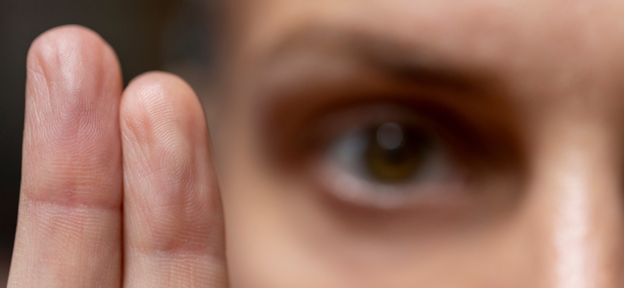Your Environment & Your Behavior
by Dawson Fagan, MSW
One important theoretical framework that can inform the practice of therapy is the ecological theory. But, this principle is good for everyone to understand, including clients.
This theory recognizes that people’s behavior and experiences are shaped by multiple levels of influence, including the individual, the family, the community, and the larger society.
Urie Bronfenbrenner developed the ecological theory in the 1970s. Bronfenbrenner believed that human development occurs within a complex network of relationships and that people are embedded within multiple systems that influence their behavior. Meaning, we are the products of our environment. He proposed that five systems make up a person’s environment:
- Microsystem: This is the immediate environment that a person interacts with daily, including the family, school, peers, and workplace.
- Mesosystem: This is the interconnections between different microsystems, such as the relationship between a person’s school and family.
- Exosystem: This is the larger social and political context that affects a person’s life, including laws, policies, and cultural norms.
- Macrosystem: This is the culture and values of the larger society, such as cultural beliefs about gender roles, education, and the economy.
- Chronosystem: This is the dynamic nature of a person’s environment, including the changes and transitions that occur over time, such as aging or major life events.
The ecological theory emphasizes that all of these systems interact and influence each other. Further, the effects of one system on a person can be magnified by the influence of another system. This creates an intersectionality of environmental effects on a person. For example, a child who experiences poverty in their family may also face barriers to accessing education in their community.
This ecological theory is useful for understanding the complex and interconnected nature of human behavior and for developing comprehensive and holistic solutions. Clinicians who use this theory in their practice may consider the multiple systems that are impacting a person or community, and develop strategies to address the root causes of problems and support positive change.










